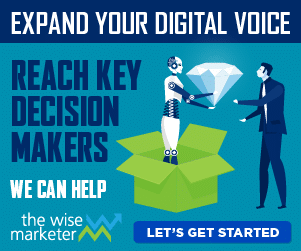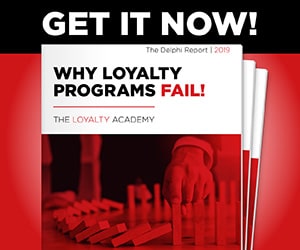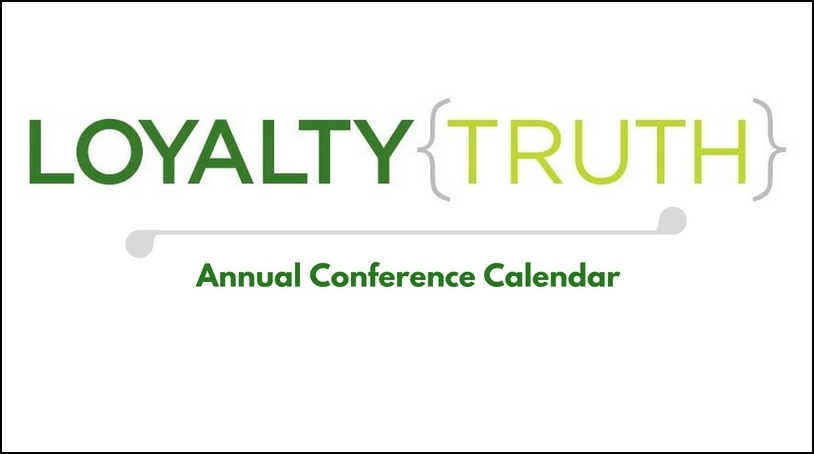As I scanned the rapidly moving traffic on my Twitter feed the other day, there was one tweet in particular that caught my eye. It was from the journalist David Carr who was quoting Adam Moss, the editor of New York magazine:
“I think the advertising business is in greater upheaval than the journalism business.”
As an ad guy, I had to dwell on that one for a moment. When I think of industries in crisis due to the onset of the digital age, the newspaper business—which is bleeding customers to free online news sites—pops up neck and neck with travel agents. But after careful consideration, I realized that Moss had a point.
Putting aside for a moment the dismal state of the economy and its impact on ad spending, the upheaval in advertising has been going on for several years. First it was a move away from traditional advertising vehicles (TV, radio, print) to online media (e-mail, banners and Web sites). This set off the first wave of “advertising is dead” claims.
In 2005, with an article titled “Chaos Scenario”, and with a follow-up in 2007 called “Chaos Scenario 2.0”, Ad Age columnist Bob Garfield wrote about “a post-apocalyptic media world substantially devoid of brand advertising as we have long known it.” In 2009, IBM issued a white paper titled “The end of advertising as we know it” that discussed, “the shift in consumer attention from television to other media formats.”
But these commentaries, while pointing out the move from traditional media to digital, only hinted at what’s taking place in 2011. Today, the really big change involves the continuing evolution of social media and consumer review sites.
Some pretty big names in the world of marketing are again saying it’s the end of advertising, but their message has been tweaked a bit. The claim: the ever-rising influence of Facebook, Twitter and now Google Plus, and consumer review sites like Yelp, Angie’s List and Trip Advisor, have made advertising obsolete.
Here are a few notable, recent examples of those who’ve jumped on the 2011-version of “advertising is dead”:
- In May, at ad:tech San Francisco, Antonio Lucio, the global marketing chief of Visa, claimed that “recommendations are the new advertising”. Lucio and suggested that brands develop “an army of advocates” to promote their products via social media in lieu of traditional media.
- In June, writing in Forbes, the head of global agency Gyro, Rick Segal, extended the “advertising is dead” claim to B-to-B marketing. He stated that: “Death was inevitable when people began carrying their telecommunications and computing power with them.”
- In September, at the interactive OMMA Global conference, futurist Faith Popcorn got even more declarative. She said that with arrival of the “hyper-connected” consumer “advertising is so over. If the consumer believes you’re paying for their time, they don’t really believe in it.”
Add to this scenario several years of shrinking advertising budgets, and it’s easy to see how some might gravitate to an “advertising is dead” mindset. After all, it’s easier and cheaper to plow your limited marketing dollars into social media and gaming the consumer review sites than trying to target a market whose media choices are increasingly fragmented.
My take: advertising will survive—but it’s morphing into something new.
Traditional advertising—and I think that category now has to include e-mail and Web banners—will stick around. After all, social media alone is not right for every business, every target market and every marketing situation. But there’s no doubt that the way we reach customers is continuing to change, as we recalibrate the best ways to reach customers in a personally relevant and timely manner.
A good communications program is still about engagement, our ability to attract new customers and nurture relationships with our current customers through a compelling and strategically sound message. And when it comes to achieving these aims, there’s no one-size-fits-all solution. Especially with the ever-changing way customers digest their information.
A surprising recent study (albeit, by the US Postal Service) showed that direct mail was actually preferred over e-mail by the Gen X demographic. And social media burnout has been well-documented, with a groundswell of people choosing to shut down their Facebook and Twitter accounts—or at least interact with them a lot less frequently.
So in the future, I think that successful marketing campaigns will be as diverse as the audience you’re trying to reach. It’s as likely to include a personalized e-mail as a promo on Foursquare, a targeted mail piece as a video on YouTube. The key is in finding the right mix for your target market, and making sure that your communications are as compelling, timely and relevant as possible.
What do you think?




